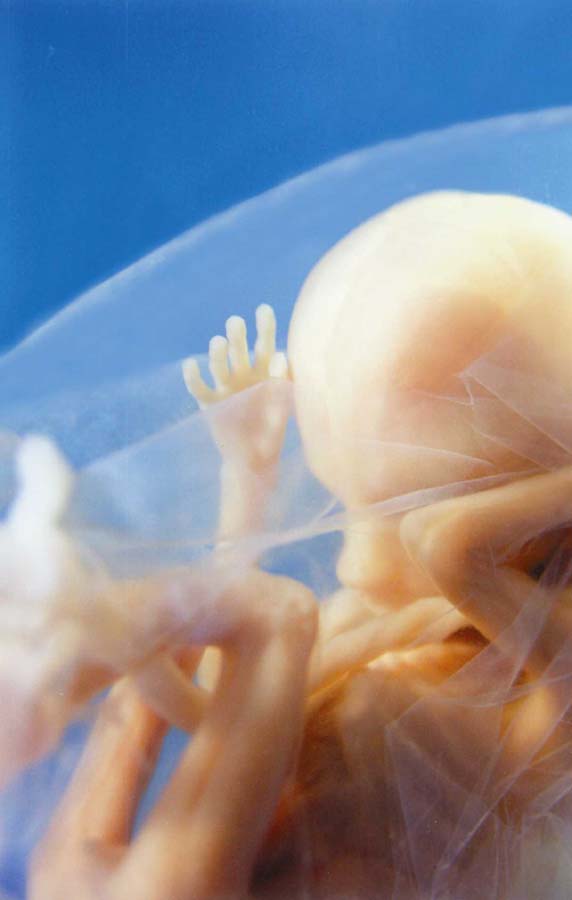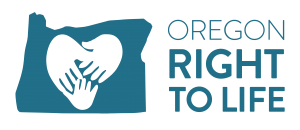Dilation and Curettage

Photo Cred: Priests for Life
D&C (or sharp curettage) abortions are usually done during the first 12-15 weeks gestation. In a D&C, a tiny yet long, looped shaped knife – called a curette – is inserted into the womb. The abortionist uses the curette to scrape the baby and placenta from the uterine wall. Body parts are then scooped out through the cervix.
Possible Side Effects and Risks of D&C Abortion
- Cramping of the uterus or pelvic pain.
- A hole in the uterus (uterine perforation) or other damage to the uterus.
- Injury to the bowel or the bladder.
- A cut or torn cervix (cervical laceration).
- Incomplete removal of the unborn child, placenta, or contents of the uterus requiring an additional operation.
- Infection.
- Complications from anesthesia such as respiratory problems, nausea and vomiting, headaches, or drug reactions.
- Inability to get pregnant due to infection or complication from an operation.
- A possible hysterectomy as a result of complication or injury during the procedure.
- Hemorrhage (heavy bleeding).
- Emergency treatment for any of the above problems, including possible need to treat with an operation, medicines, or a blood transfusion.
- Rarely, death.
Second trimester abortions account for 8% of abortions (~96,000/year). Risks and maternal morbidity rates increase as the gestational age increases.

